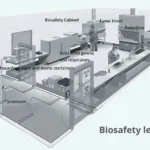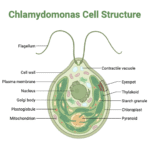Answered
Prions themselves are not visible under standard light microscopes due to their small size and the nature of their composition. However, their effects on brain tissue can be observed with specialized techniques. Infected brain tissue often shows characteristic changes, including the formation of amyloid plaques and spongiform changes (cavitation) in the brain’s gray matter. Techniques such as electron microscopy, immunohistochemistry, and Western blotting can be used to visualize and analyze prion proteins and their associated pathology.
Did this page help you?




